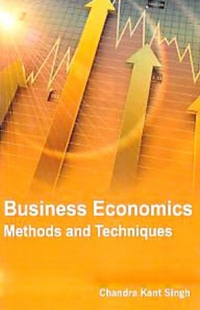Please help me with these problems!!!
I really need help!!
Problem 1: Suppose that in the United States 39 man-hours are required to produce each unit of wheat (W) and 13 man- hours are required for a unit of beef (B). In Argentina, 33 man-hours are required for each unit of wheat and 11 man-hours are required for a unit of beef. a) Does either country have an absolute advantage in the production of wheat or beef? (2 points) b) What is the opportunity cost of beef in each country? (4 points) c) Which country has a comparative advantage in each good? Why? Which country can benet 'om trade? (4 points) d) Assume that due to some improvements in the technology of producing wheat in the United States, this country can now produce each unit of wheat using 26 man-hours. Also, consider the price of each unit of wheat as $5,000 and the price of each unit of beef as $2,000. Analyze commtive advantage and the opportunities of trade and specialization given this scenario. (5 points) e) Based on the Ricardian model of trade, what would be the supply of wheat relative to beef if the United States has 52,000 manhours of labor and Argentina has 44,000 man-hours of labor available for production? (5 points) Problem 2: ' Consider the Specic Factors Model for a small open economy that produces only agricultural goods (A) and manufacturing goods (M). Assume that the production of agricultural goods depends on the use of land and labor, while the production of manufacturing goods depends on capital and labor and that the economy initially exports agricultural goods. a) Assume that due to a natural disaster, "/1120 of the land employed in the agricultural sector is destroyed. At the same time, the prices of manufacturing goods fall by %20 while the prices of agricultural goods stay constant. Use the labor allocation diagram to analyze the effects of these changes on the allocation of labor between the two sectors as well as the effect on the nominal wage. Explain the reason behind any possible shift in your graph. (12 points} b) Use the PPF diagram to show the effects of ONLY destruction of %20 of the land employed in the agricultural sector on the level of output and export of agricultural goods in the international trade market. (8 points)








